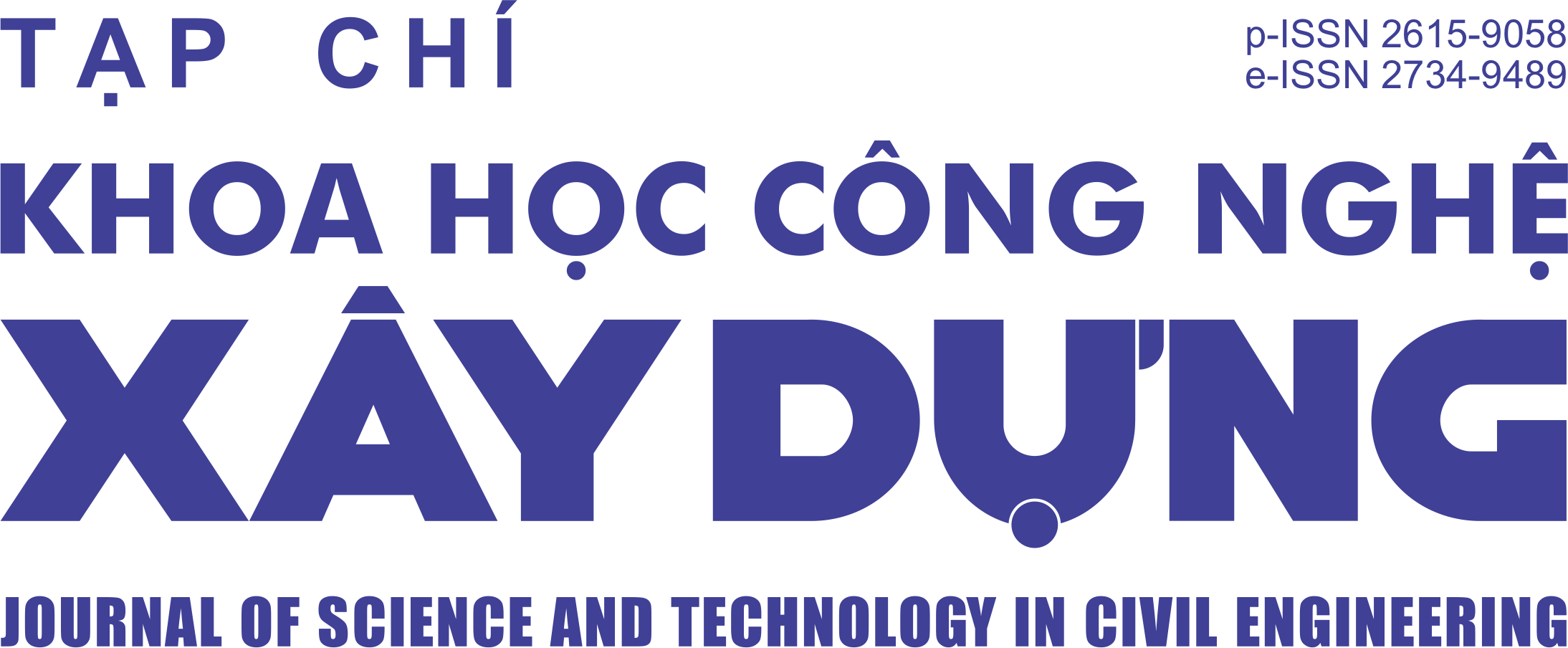Energy evolution of gravitational-granular flows
Abstract
The catastrophe of natural disasters such as landslides, is a prevalent phenomenon in natural terrain conditions in high mountainous areas; however, the mobility of such landslides has not yet well understood due to the discrete nature of material and the coming to play of water. In this paper, we numerically study the mobility of an unsaturated gravitational-granular flow, occurring on a slope-break system that contains two regions: inclined-upstream and horizontal-downstream areas, by using three-dimensional discrete element simulations. A sliding volume composed of spherical grains collapses on the first region, then plunges and deposits on the second one. The upstream-plunging length and the cohesive stress exerted on grains affect differently on the energy evolution not only in the whole process but also in different regions and directions depending on the inclination angle. These findings provide a deep understanding of the mechanism and mobility of landslides, leading to good predictions about the potential impacts of the catastrophic landslides on buildings and human lives.
Downloads
Copyright (c) 2024 Hanoi University of Civil Engineering

This work is licensed under a Creative Commons Attribution-NonCommercial-NoDerivatives 4.0 International License.
1. The Author assigns all copyright in and to the article (the Work) to the Journal of Science and Technology in Civil Engineering (JSTCE) – Hanoi University of Civil Engineering (HUCE), including the right to publish, republish, transmit, sell and distribute the Work in whole or in part in electronic and print editions of the Journal, in all media of expression now known or later developed.
2. By this assignment of copyright to the JSTCE, reproduction, posting, transmission, distribution or other use of the Work in whole or in part in any medium by the Author requires a full citation to the Journal, suitable in form and content as follows: title of article, authors’ names, journal title, volume, issue, year, copyright owner as specified in the Journal, DOI number. Links to the final article published on the website of the Journal are encouraged.
3. The Author and the company/employer agree that any and all copies of the final published version of the Work or any part thereof distributed or posted by them in print or electronic format as permitted herein will include the notice of copyright as stipulated in the Journal and a full citation to the Journal as published on the website.







